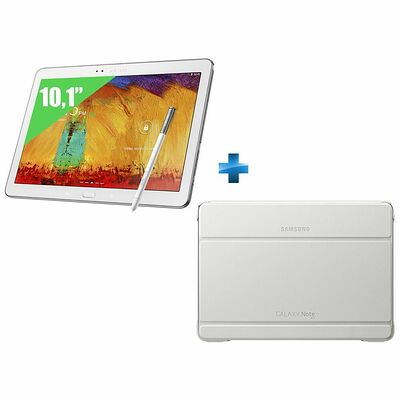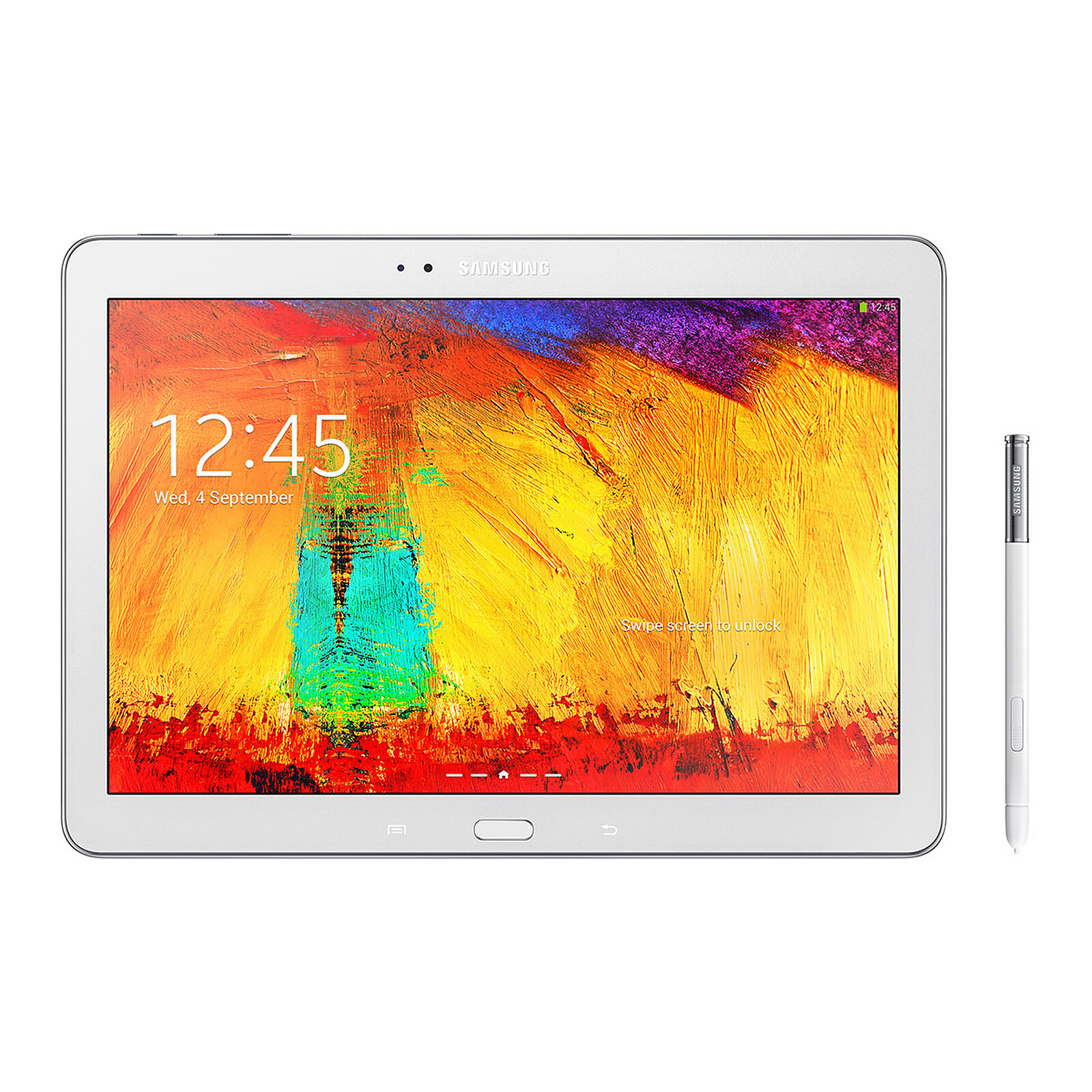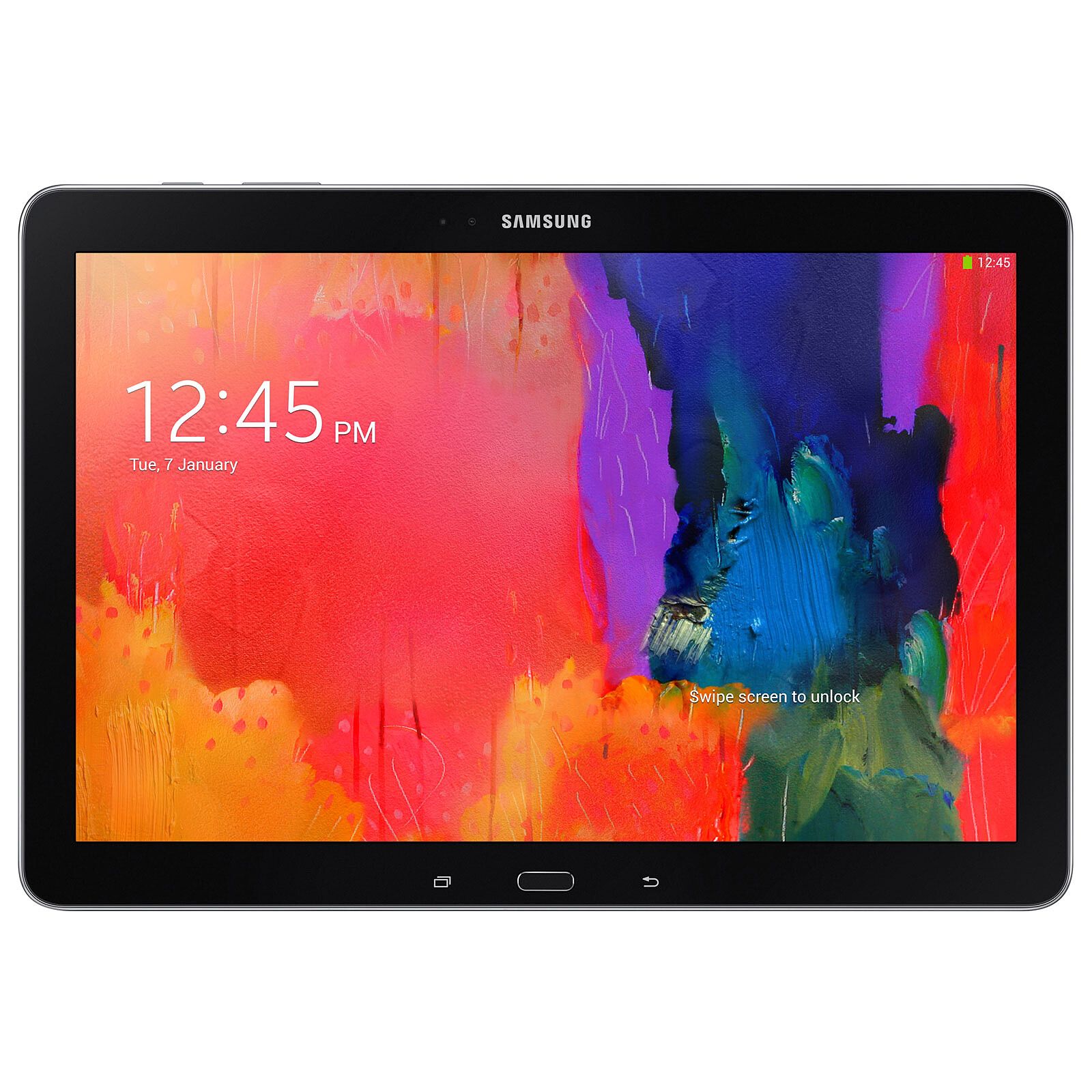![ebestStar - Coque Compatible avec Samsung Galaxy Note 10.1 2014 Edition SM-P600 Housse Protection Etui PU Cuir Support Rotatif 360, Noir [Appareil: 243.1 x 171.4 x 7.9mm, 10.1''] : Amazon.fr: Informatique ebestStar - Coque Compatible avec Samsung Galaxy Note 10.1 2014 Edition SM-P600 Housse Protection Etui PU Cuir Support Rotatif 360, Noir [Appareil: 243.1 x 171.4 x 7.9mm, 10.1''] : Amazon.fr: Informatique](https://m.media-amazon.com/images/I/61VUpEMC0+L._AC_UF1000,1000_QL80_.jpg)
ebestStar - Coque Compatible avec Samsung Galaxy Note 10.1 2014 Edition SM-P600 Housse Protection Etui PU Cuir Support Rotatif 360, Noir [Appareil: 243.1 x 171.4 x 7.9mm, 10.1''] : Amazon.fr: Informatique

For Samsung Galaxy Note 10.1 2014 Edition P600 P605 P601 Smart Cover Case / tab Pro 10.1 T520 T521 T525 Tablet Cover Magnet Sleep - Tablets & E-books Case - AliExpress

Samsung Galaxy Note 10.1 Edition 2014 Blanche, 10.1" WQXGA + Etui à rabat - Tablette tactile - Top Achat

For Samsung Galaxy Note 10.1 2014 Edition P600 P605 P601 Smart Cover Case / tab Pro 10.1 T520 T521 T525 Tablet Cover Magnet Sleep - Tablets & E-books Case - AliExpress

Samsung Galaxy Note 10.1 Edition 2014 16 Go Blanc - Tablette tactile Samsung sur LDLC | Muséericorde

FINTIE Coque pour Samsung Galaxy Note 10.1 (2014) /Galaxy Tab Pro 10.1 T520/T525 - Étui Housse en Cuir PU Coque de Protection Cover avec Fonction Sommeil/Réveil Automatiaque, Bleu Marine : Amazon.fr: Informatique
Tablet Case for Samsung Galaxy Note 10.1 2014 Edition P600 P605 P601 Bendable Soft Silicone TPU Case For Tab Pro 10.1 T520 T525 - AliExpress

Samsung Galaxy Note 10.1 - 2014 Edition - tablette - Android 4.3 (Jelly Bean) - 16 Go - 10.1" TFT (2560 x 1600) - hôte USB - Logement microSD - noir de jais - Tablette tactile - Achat & prix | fnac

For Samsung Galaxy Note 10.1 2014 Edition P600 P605 P601 Smart Cover Case /tab Pro 10.1 T520 T521 T525 Tablet Cover Magnet Sleep - Tablets & E-books Case - AliExpress












